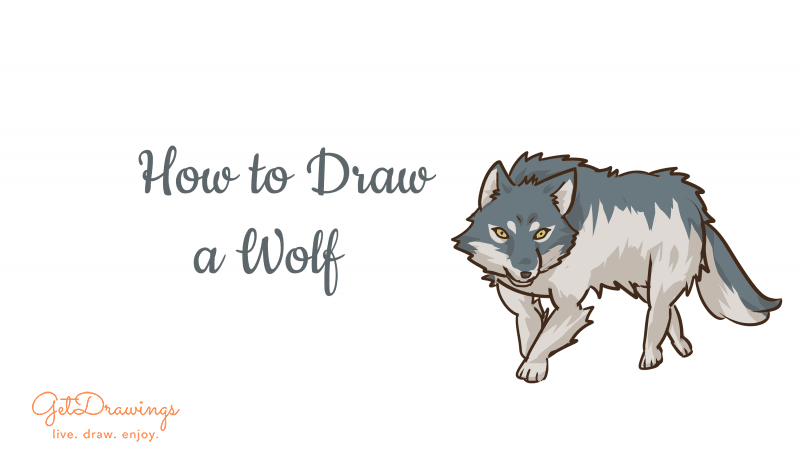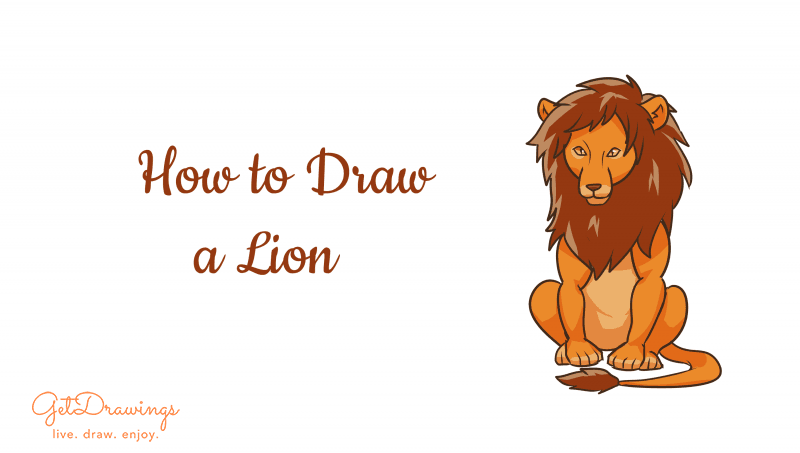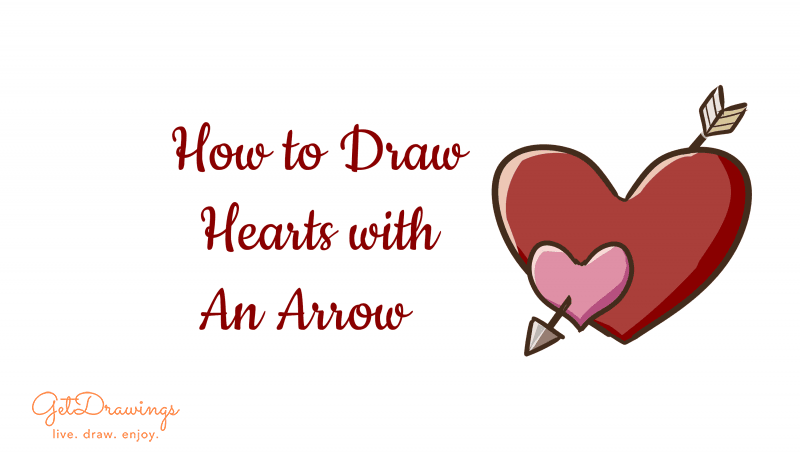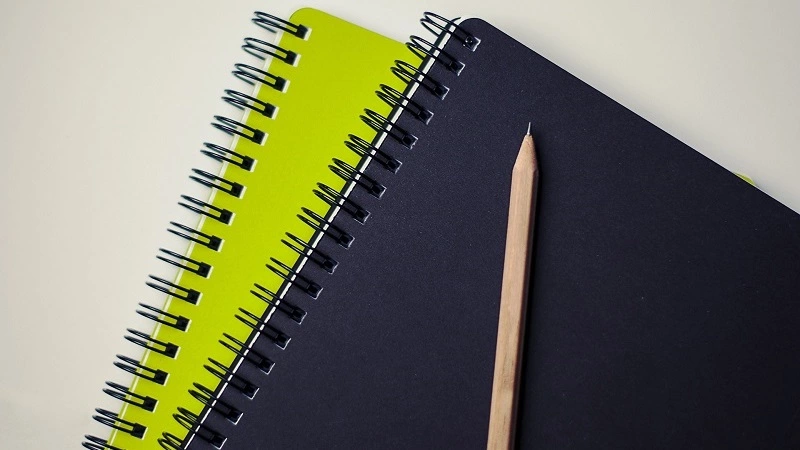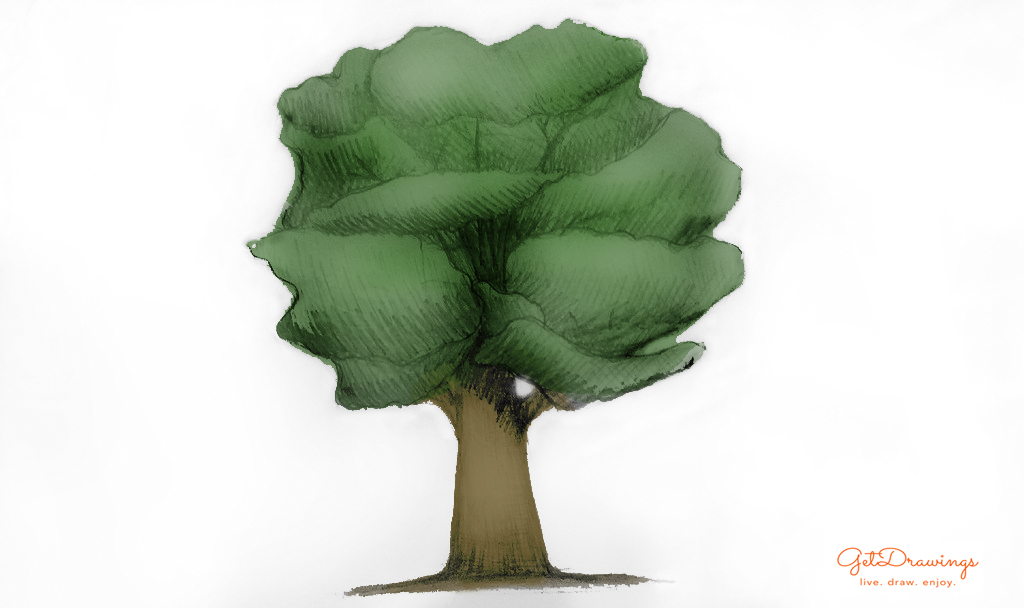
How to draw a Tree?
Each amateur painter sooner or later faces the task of drawing the image of plants. At first it seems that it is very difficult to do this, but it is worth learning a few simple rules that can make drawing trees easy and interesting. Today we will draw a tree in pencil step by step. This knowledge can be learned even by a child, the main thing is to have the necessary materials and a good mood!
Tools and materials:
- White paper sheet;
- An eraser;
- A simple pencil.
Steps of the drawing:
Step 1. First you need to draw the foundation of the tree - its trunk. Our tree will look like an oak tree because of its powerful trunk:

Step 2. With straight lines we draw a general shape of leaves and branches. The tree will have a fluffy shape, but slightly elongated on the sides:

Step 3. We divide the plant into fragments, so that it would be easier to lay a shadow and transfer the structure of the tree:

Step 4. Now we draw the branches that will look out from under the leaves. Do not make them too many in order to not look artificially. The farther the branches from the trunk the thinner they will be:

Step 5. We draw with wavy lines the edges of the branches, because the arrangement of the leaves is not uniform. Thus, the tree will look more fluffy:

Step 6. We begin to impose strokes, thereby determining the darkest places on the branches. The strokes are done at an inclination:
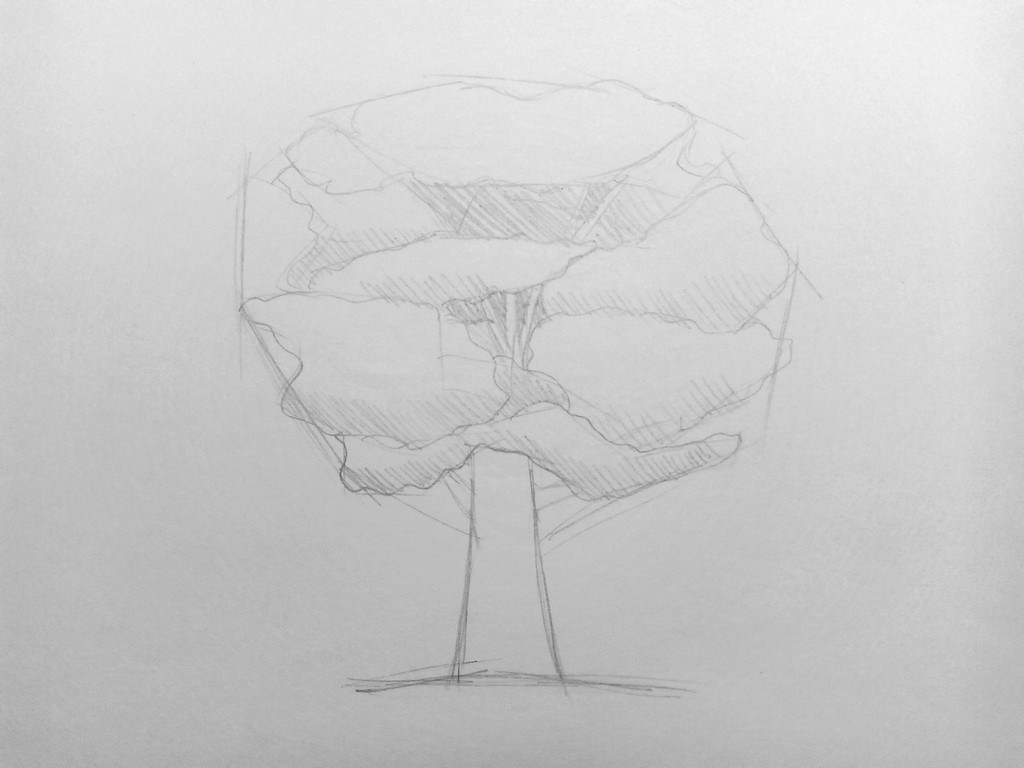
Step 7. Then continue to draw a shadow. The direction of the strokes can be changed for a more voluminous appearance, but do not get too involved:

Step 8. Now draw the tree trunk and branches. They will be the darkest in the picture. The strokes are applied both horizontally and vertically:

Step 9. Now again we return to the leaves and branches, continuing to lay a shadow on them. The upper part will be much lighter than the bottom, because the tree is depicted at noon, when the sun is at its peak:
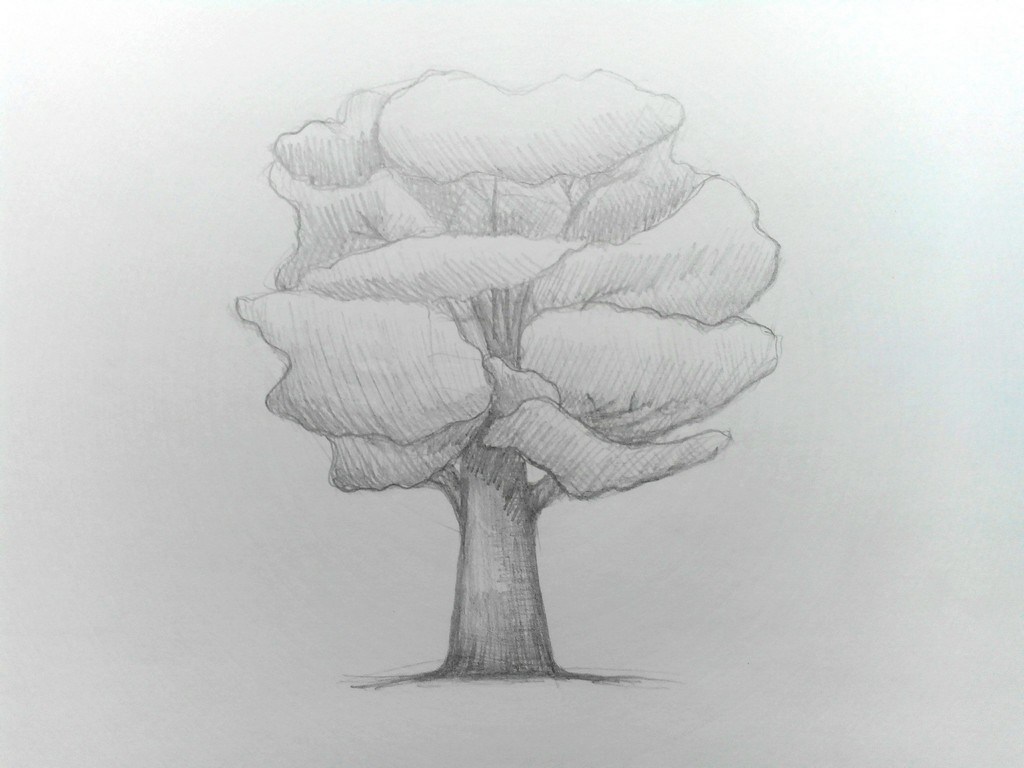
Step 10. Add a contrast to the picture. You can use a soft pencil for this. Finalize the illustration and its details. The drawing is ready!
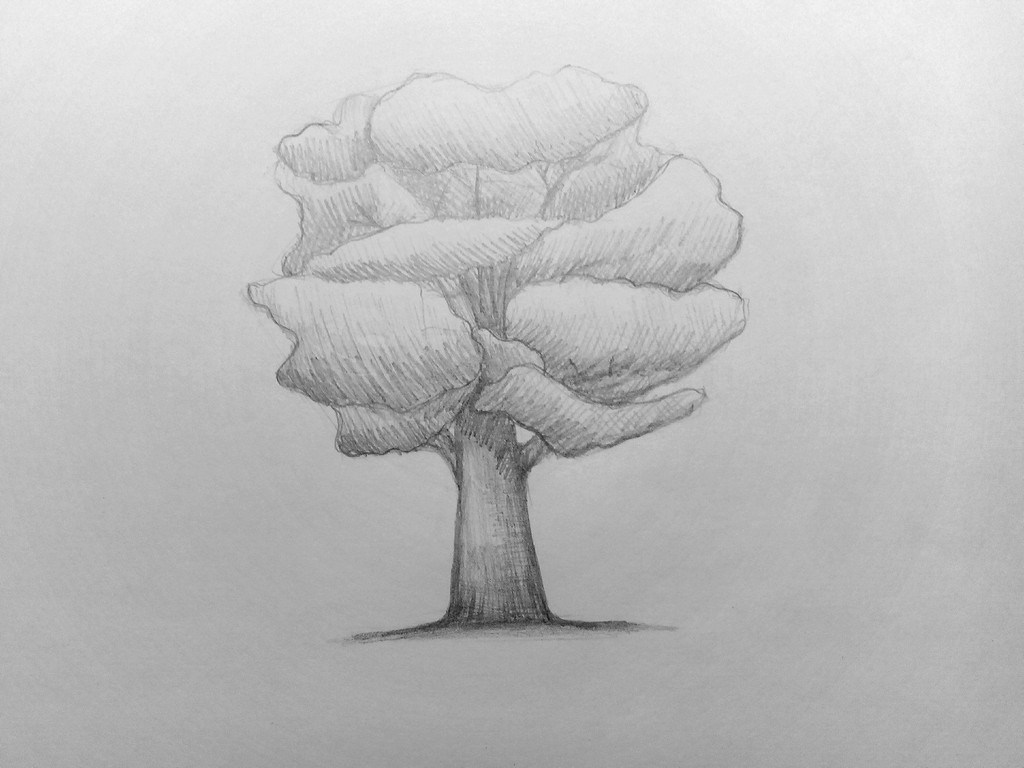
As it turned out, drawing a tree is not so difficult. Of course, each plant has its own special structure and form, but this tutorial can be used as a basis for construction. It is worth continuing to improve skills relying on the material learned today, then progress will not be long in coming.

